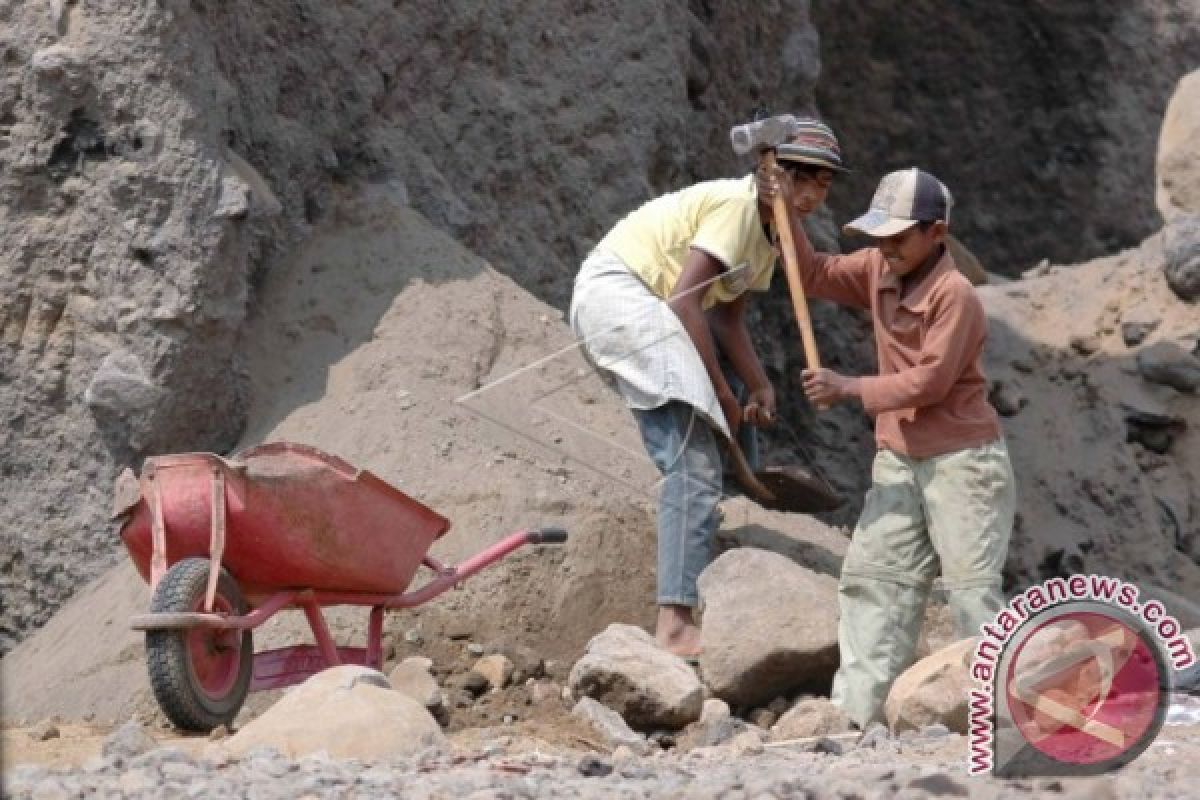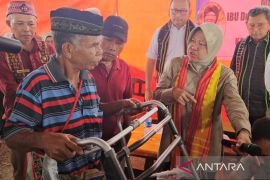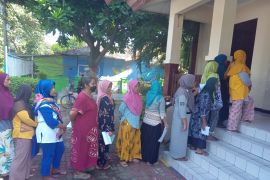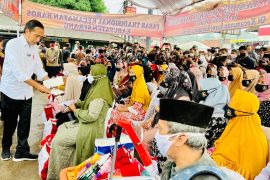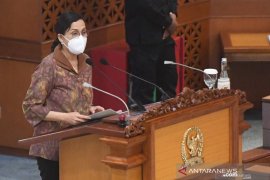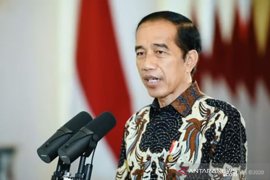These children were working as daily laborers at small companies, machine shops and cottage industries."Jakarta (ANTARA News) - Very often, fighting poverty is a life long struggle for a poor family in any of the least developed countries or even in a developing country, and that includes Indonesia.
Many families have to work hard to make both ends meet. Children in such families are often forced to work to help parents eke out a living. However, the International Labor Organization (ILO) has set some clear norms about the age at which a child can enter the world of work.
Indonesia has set itself the target of eradicating child labor by 2022 but is that a dream? It depends on the level of poverty in the country. If families do economically better, it will ensure that parents no more force their children to become laborers.
In 2008, the government launched a program to withdraw child laborers from work field, yet the target to make Indonesia free of child workers is still far away.
After all, data in 2015 showed that 28.59 million people in the country were poor, accounting for about 11.22 percent of the population. This means a high instance of child workers from poor families.
The Central Bureau of Statistics (PBS) data showed that there were 674,300 children aged between 5 and 12 years who were employed in 2009. As per Law No. 20/1999, till the age of 15, any human being is considered a child and prohibited from entering the work force. In case of jobs classified as hazardous work, that threshold is set at 18 years.
Since 2008, however, the government has only succeeded in pulling out 80,163 children from work. The program was launched by the government to reduce the number of children who worked and to develop the countrys Family of Hope scheme.
"During 2008-2016, the government pulled out 80,163 child workers from their workplaces and sent them to schools through an assistance program," Laurend Sinaga, the acting director for child and women worker supervision affairs of the Ministry of Manpower, said in Yoyakarta on Friday.
Many children, who are forced to work, drop out of schools because they belong to very poor families. Therefore, the governments program focuses on poor families and children who drop out.
Sinaga noted that 11,000 children were withdrawn from work in 2013 while in 2014, it had reached 15,000. In 2015, the government succeeded in withdrawing 16,000 child laborers.
Indonesias efforts to phase out child workers were part of the global endeavor to prevent children from working. Internationally, efforts are on to address the issue of child labor.
"The Indonesian government is committed to realizing its dream to become a nation free of child labor by 2022. However, without commensurate efforts to increase the communitys awareness regarding child labor, the target to achieve the goal seems impossible," Sinaga, who is visiting Yogyakarta, underlined.
In Bantul, Yogyakarta, the local Manpower and Transmigration Service this year withdrew 63 child workers from their workplaces. They were found working in small companies or micro industries.
"These children were working as daily laborers at small companies, machine shops and cottage industries," Addinulhaq Jati Panuntun of Bantuls Manpower and Transmigration Service (Disnakertrans) said in Bantul on Wednesday (Sept. 28, 2016).
He said the move to rescue these child workers was in support of the governments program to free Indonesia from child workers. There is need to abide by Law No. 13/2003 on Manpower. Sixty-three were pulled out last May in Bantul.
Before this action in Bantul, the team of the Disnakertrans had conducted surveys at their workplaces. The children were asked if they were ready to leave their jobs. "Sometimes, we go by data made available by the Manpower Ministry but then find that the children have already quit. That is why we always conduct a survey first. If they are there, we ask them if they are ready to leave those jobs," Panuntun explained.
After these children are pulled out, they are trained at Bantuls SKB Sewon House for about one month. "In the SKB Sewon House, they are trained and motivated so that they are ready to be sent to school again," he added.
Based on data with the Disnakertrans, the 63 child workers were all Bantuls residents aged around 16 years, or even less, born between 2,000 and 2005.
"Based on the law on manpower, the definition of a child worker is a child below 18 years. The child workers rescued by the government are part of the Child Worker Reduction Program being launched to support the governments prosperous Family of Hope program," he concluded.
(Uu.A014/INE/KR-BSR/S012)
Reporter: Andi Abdussalam
Editor: Priyambodo RH
Copyright © ANTARA 2016
